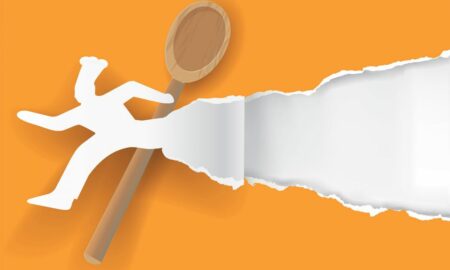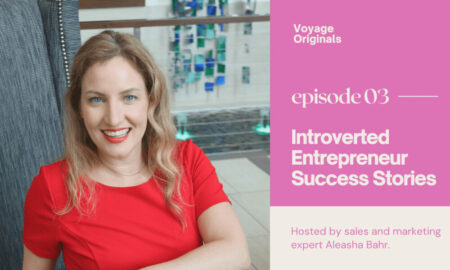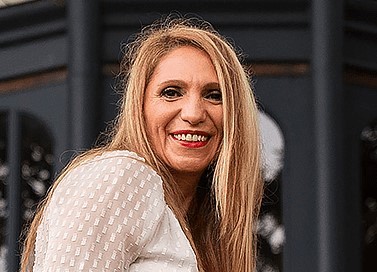

Today we’d like to introduce you to Cristina Busu.
Hi Cristina, can you start by introducing yourself? We’d love to learn more about how you got to where you are today.
It’s hard to pinpoint exactly how my journey started, but as far back as I can remember, I loved taking care of and working with children. I remember offering to help every new mom in the neighborhood whenever they had a new baby came home. It was my favorite thing to do! The older I got, the more I knew I wanted to work with children, so I applied and got into a teaching high school where I had many opportunities to teach children grades 1 through 4 for a few weeks each semester as part of our training. I’m not sure if that was when I started getting curious about how people learn but I do know that was when I realized from teaching others and from my own experience that how you teach makes a difference. It was during that time that I met an amazing math teacher who took me from not caring much about math to absolutely loving it as her way of teaching resonated so much with how I learned best. Looking back, I realize how much that experience impacted me and served as a starting point for where I am today. It taught me so much about how different minds learn in different ways and how important it is to find the right way to teach; it opened so much curiosity about how minds work and how various experiences shape them into what they become. So off, I went to learn more about the ins and outs of the human mind by pursuing a bachelor’s degree in psychology. While I loved all the fascinating courses and internships I had in college, it also made me realize that I was more interested in how to help shape a mind instead of how to repair one that has been “damaged.” During my internships in penitentiaries and psychiatric hospitals I often wondered how people got there, how their lives could have been different if they had different experiences in their childhoods and across their life spans. You often read how bad childhoods shape some people into damaged adults, how most serial killers had bad childhoods, but also how a positive experience in one’s life can change the trajectory of their entire future. It seemed to me that childhood has such a tremendous impact in one’s molding, so digging into how human development actually happens was the next obvious step. Fortunately, I was able to find a graduate program that tackled both my interests, human development and early childhood. There was a caveat, though; this program was in the US, 6,000 miles away from home, and had a lot of requirements to get in. It took a lot of studying, effort, and support from my loving parents to get this big dream to come through, but I did it, I got in! So that summer I got on a plane and moved across the world to pursue a master’s degree in human development and early childhood disorders at UT Dallas. I get asked a lot if I was scared to move so far away from my support system, but in all honesty, I do not remember being scared as much as I was excited. I do understand now how big of a step that was, but at that time, I did not have time to think about it. I was ready to learn; I was ready for new adventures. And that program did not disappoint! There are so many skills that I learned in that program that shaped me into the clinician I am today; so many opportunities to see and learn about child and human development opened my eyes to many ways to influence that development, to enrich it, and to enhance it. I was fortunate enough to be a teaching assistant and a research assistant for 2 different professors. The teaching assistant job gave me an opportunity to learn more about assessing young children and the importance of developmental milestones, while the research assistant job gave me such great insight into how to analyze microunits of child development and use that information to provide opportunities for language, social, and cognitive growth. One of the big projects I was part of analyzed differences in developmental milestones between children with autism and neurotypical ones, and that was how my journey into autism started. Once again, I was reminded about how important it is to recognize that not everyone acquires skills or milestones the same way and how critical it is to find the “right” way to teach a child who may not learn the same as his or her peers. I earned my MS degree in Human Development and Early Childhood Disorders in 2002, and I loved every second of that 2-year program. After graduation, I started working as an Early Intervention Specialist for Early Childhood Intervention, where I provided developmental therapy to address developmental delays for children with different abilities, including a few children with autism, which piqued my interest in its unique patterns of development and learning. While I loved working with different abilities, I felt a different connection and challenge when interacting with my children with autism, so it became clear that was my next step. In my quest for more ways to work with autism, I stumbled into ABA therapy, which I had some information on but not much as it was still fairly new at that time. An online directory of families looking for ABA therapists popped up in my search, so I started working with several amazing families who subsequently encouraged me to pursue this career. Working as an ABA therapist opened my eyes to how amazing this profession is, so I decided to get the proper education through a post-graduate certification in Applied Behavior Analysis. The degree required 2 years of classes and 1500 supervised field experience, which I received from an ABA center. My experience as an early intervention specialist, combined with my ABA training, gave me a unique perspective on helping children gain skills to bridge the developmental gaps between them and their peers. After passing the board exam and becoming a Board-Certified Behavior Analyst, I opened HHS in 2007. Starting a new business was scary but exciting. Because our field was fairly new at that time, and services were not covered by insurance, client enrollment was difficult, so for the first year, I took advantage of the low caseload and developed a lot of the curriculum and materials I needed. After the first year, as the client number grew, I leased a very small space to run social skills groups and hired my very first staff member. From there, I built my clientele through “word of mouth” and by providing free parent training classes to the community to help more parents understand the need for therapy and the impact it has on a child’s learning. During the next decade, laws changed, and insurance started covering ABA therapy for children with autism, which opened the door for more children to get the services they deserved. This led to more growth, and today, we have 2 different multidisciplinary clinics serving around 100 patients.
Alright, so let’s dig a little deeper into the story – has it been an easy path overall, and if not, what were the challenges you’ve had to overcome?
I don’t know if any road is ever smooth, regardless of what you do. You will always have struggles when you own a business, some small and some big ones; dealing with them is part of the process. To this day, insurance coverage continues to be one of the biggest struggles we face with the constant changes in requirements, limitations, and increased paperwork. With autism rates increasing so much from 1:68 to 1:34 in a 10-year span, the cost of therapy has increased tremendously so we see a lot of push to reduce the time children get in therapy. In the last few years, there has been such a big emphasis on early intervention (which is the most effective by all means) and less coverage for children over 10. While it is true that early intervention is extremely important and accounts for the biggest changes as young brains are more malleable, this should not mean that older kids cannot learn or change; it should not mean that older kids do not deserve the same changes as younger ones do. The age of 10 is a very random mark that insurance companies use as there is absolutely no research that backs that up. Nonetheless, it is something that we hear more and more, which makes it a constant battle to get approval for older children, and it drives providers to only serve early childhood patients. In our area, we are one of the few clinics that enroll kids over 8 years of age, and that makes me very sad for these children who don’t have many options for places to go. Another challenge we have been facing in the last few years is staffing. I think staffing is an issue for all industries currently, so we are feeling it as much as everyone else. I am not sure if the workforce is reduced, or what else is going on, but it has been a struggle hiring. Hopefully, things will get back on track in the near future.
Thanks for sharing that. So, maybe next, you can tell us a bit more about your business.
When I first opened HHS in 2007, my goal was to provide a service that was not available at that time that targeted teaching individuals on the spectrum with programming that addressed all developmental domains. If I were to sum up what HHS is known for, I would say developmentally based, highly individualized, high-quality therapy. I developed a lot of curricula to address the deficits associated with autism in all developmental areas, not just language. We always look at what skills are absent for each individual patient, and we program to address those specific needs as opposed to a general set of goals. We replace maladaptive behaviors with developmentally aligned skills and work on teaching kids to use all those skills across many different environments. Another thing that makes us different is that we specifically target play skills, as play is such an important part of child development. Generally, neurotypical children love to play, and they use play to explore, learn, and practice skills in a natural way. While play comes easily to neurotypical kids, it is a difficult task for children with autism, so we teach play not only to give kids leisure skills but also because it is one of the first avenues to practice language and social skills in a setting that resembles a lot of natural environment scenarios. For older patients, we use our curriculum to maximize their independence, communication, and social skills, whether they are vocal or nonvocal. For those individuals who cannot use spoken language to communicate, we teach them to type as a primary means of communication because, in today’s world, that gives them endless opportunities to communicate and interact independently with peers and adults.
Can you talk to us a bit about the role of luck?
All my accomplishments are the result of a combination of luck and hard work in different amounts at different times, I would say. I was lucky enough to find something I am passionate about, lucky enough to meet some amazing people along the way, lucky to be able to recognize and take some unique opportunities, to have great parents, friends, and support system. The way I see it, good luck opens the door, and hard work gets you through it. There is no amount of luck on its own that can get anyone far enough without hard work. Maximizing your good luck requires a lot of dedication and sometimes sacrifices to make your dreams come true. When I first started, I worked 10 hours a day, 7 days a week, and it was all worth it in the end, but I can’t say it was easy. But, had I not worked as hard, I don’t know if I would have made it as far as I had. HHS started with a 1000 sf office and is now a multidisciplinary clinic with 2 big locations. When it comes to bad luck, I think we all have some of that at some point in our lives. I try to use it as a learning opportunity or a teaching lesson on how to be better prepared for future challenges.
Contact Info:
- Website: www.helphopesolutions.com
- Instagram: https://www.instagram.com/helphopesolutions/
- Facebook: https://www.facebook.com/profile.php?id=100053880618962
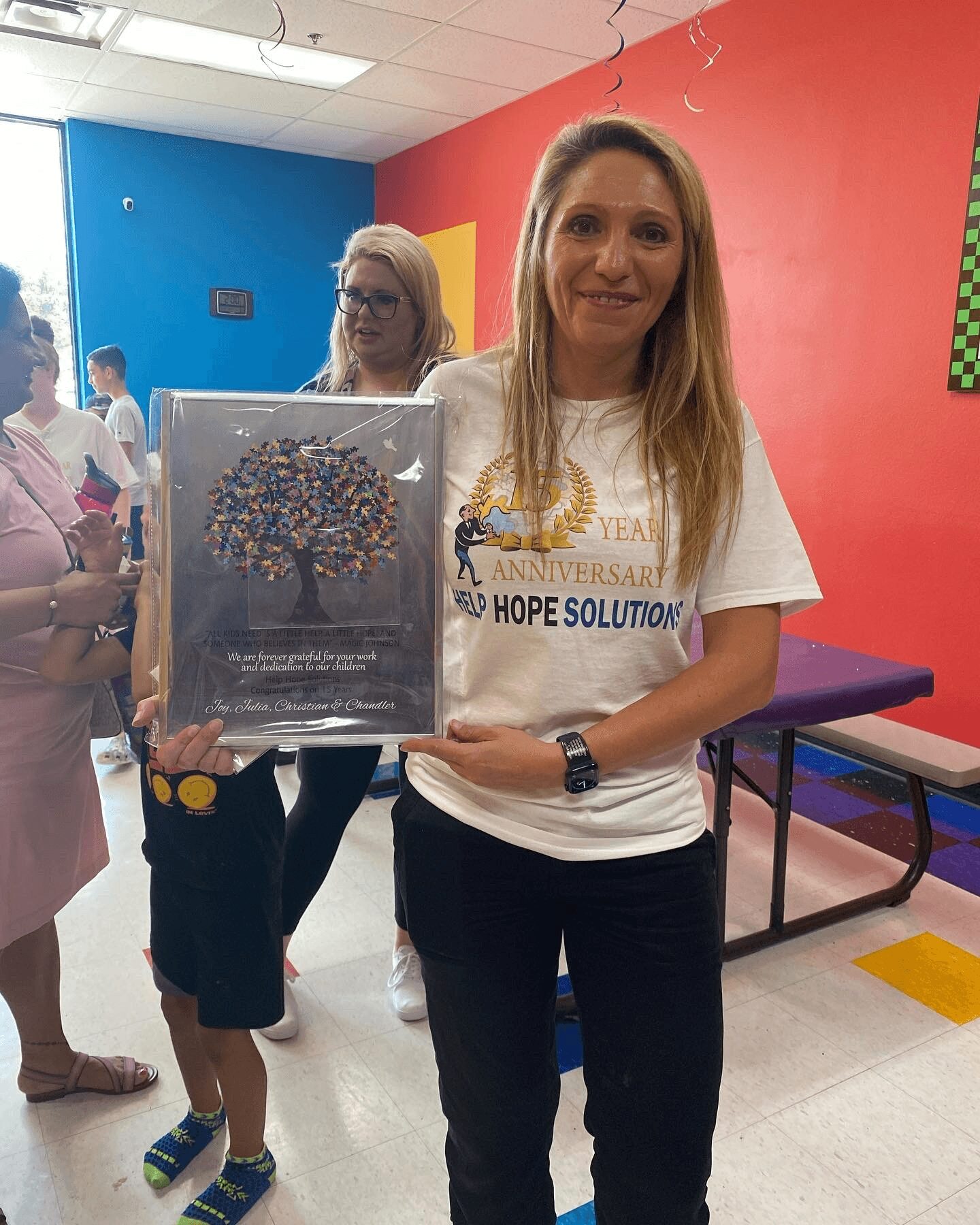
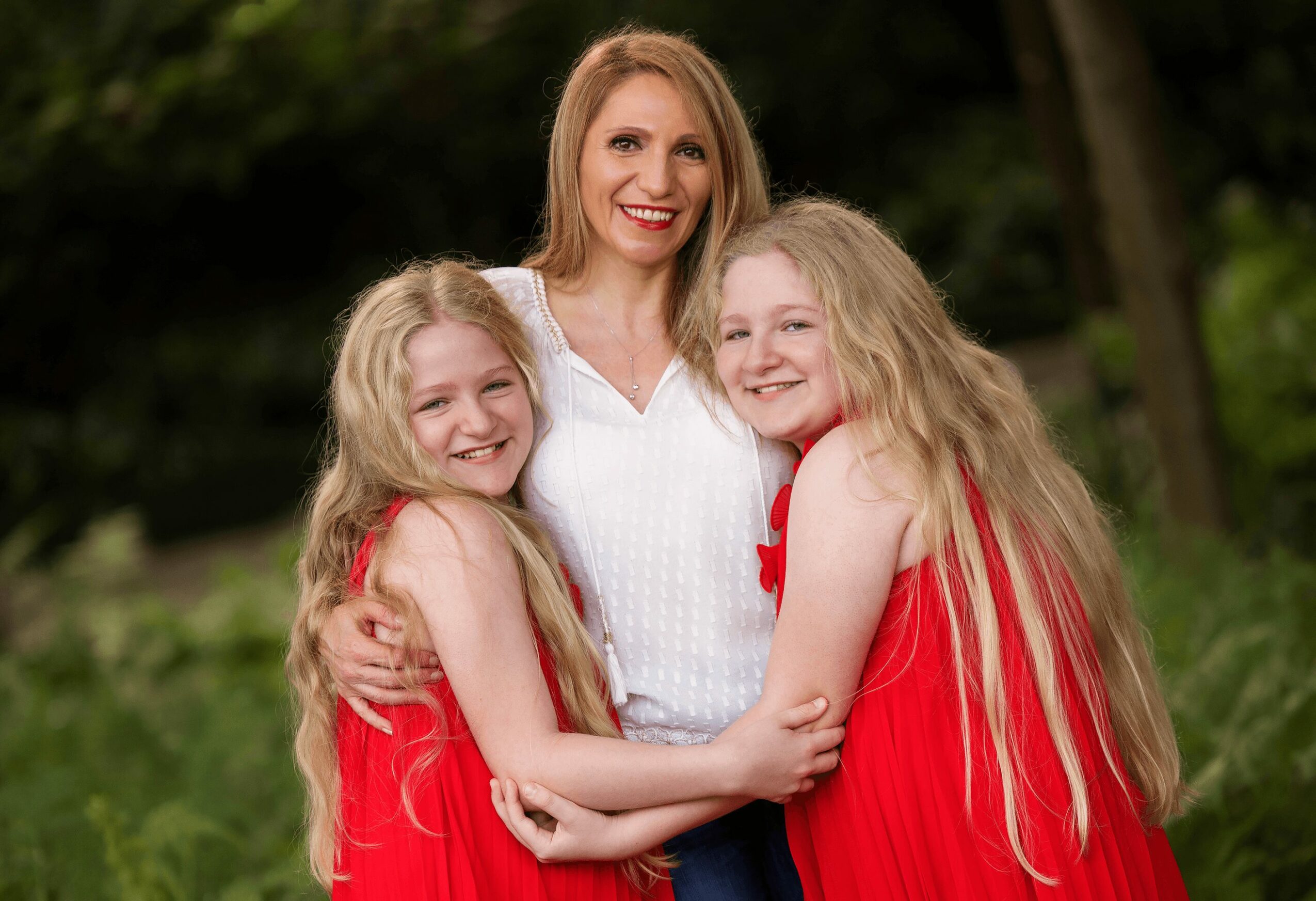
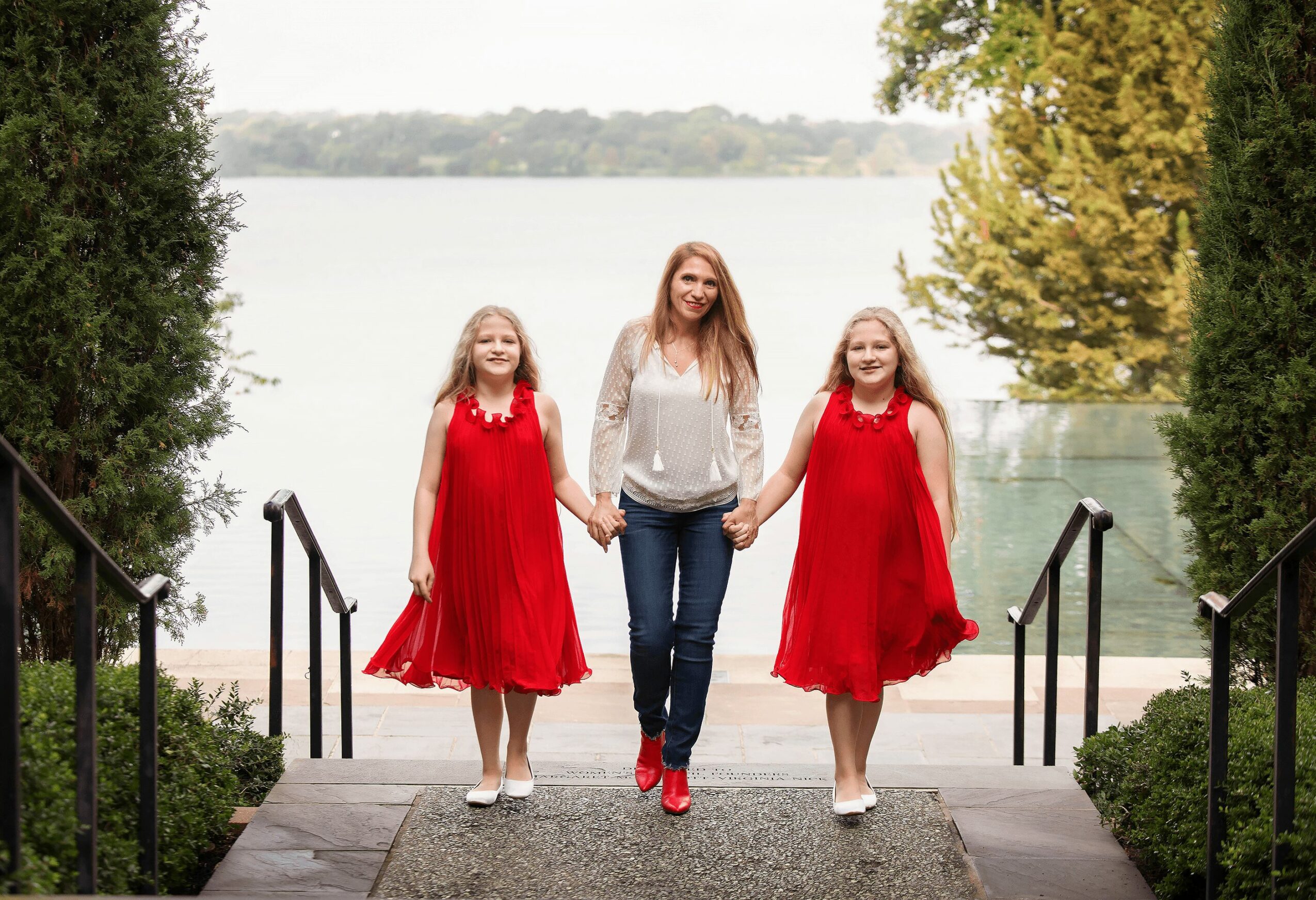
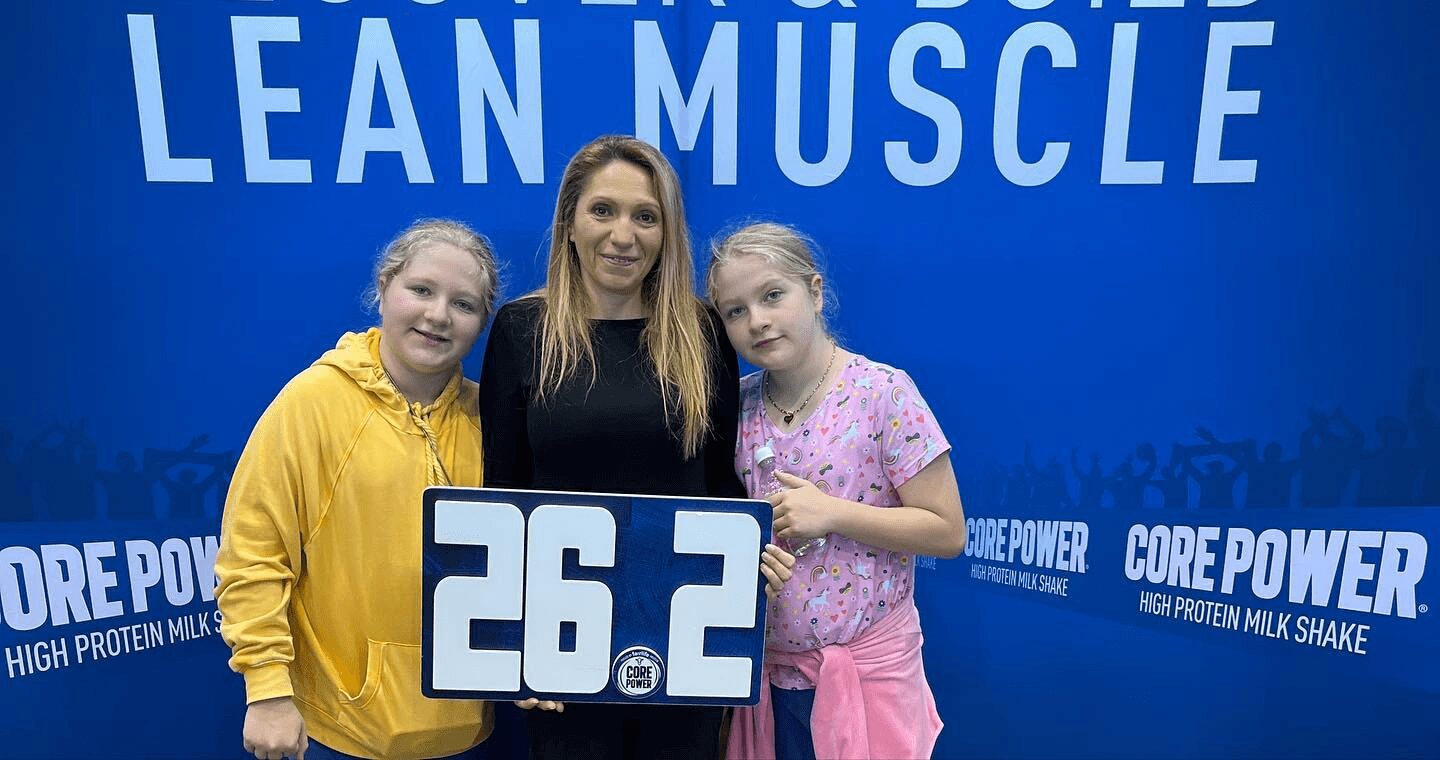

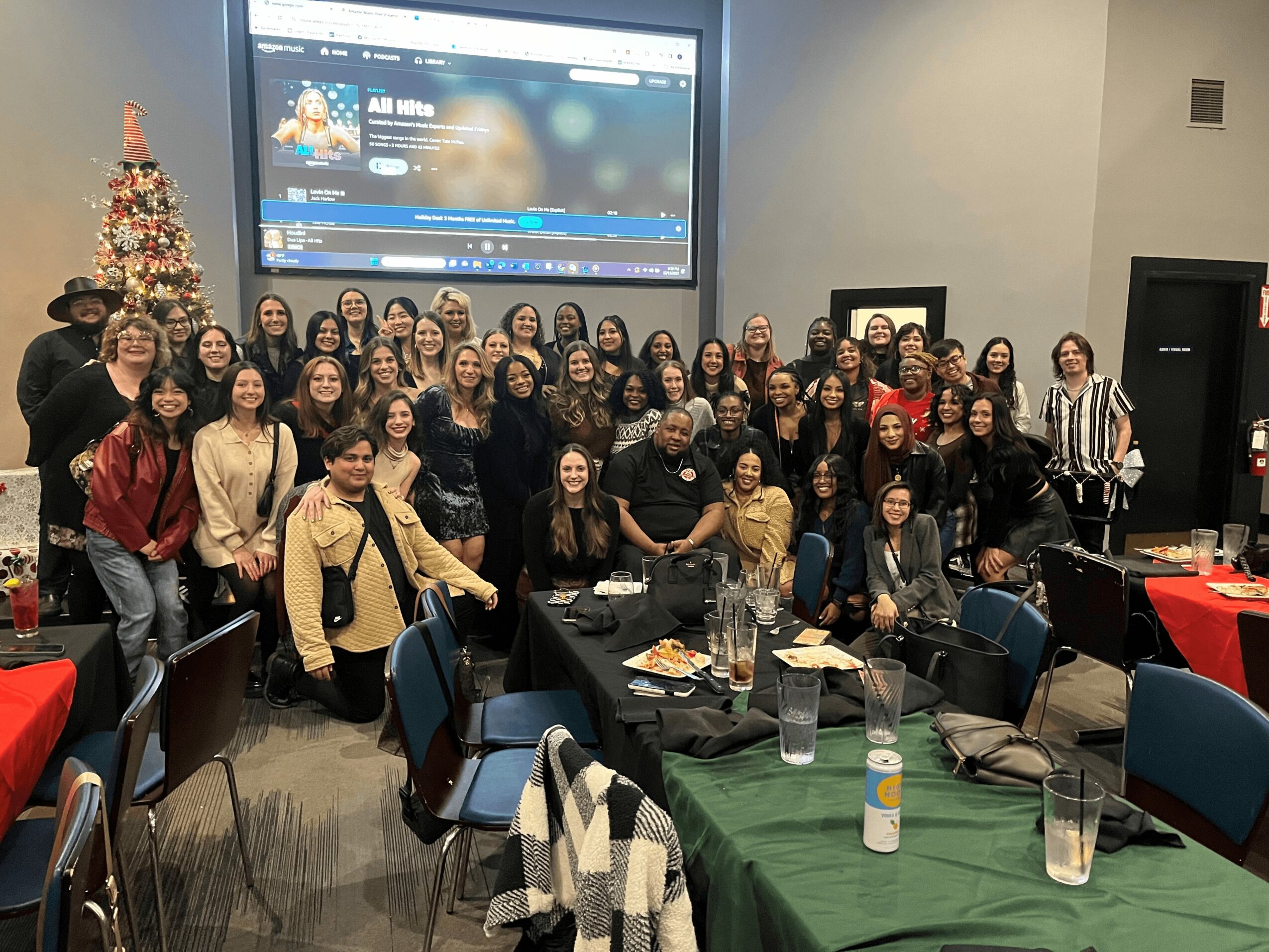

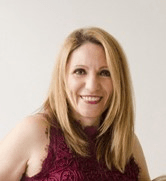
Image Credits
Angela Weedon



